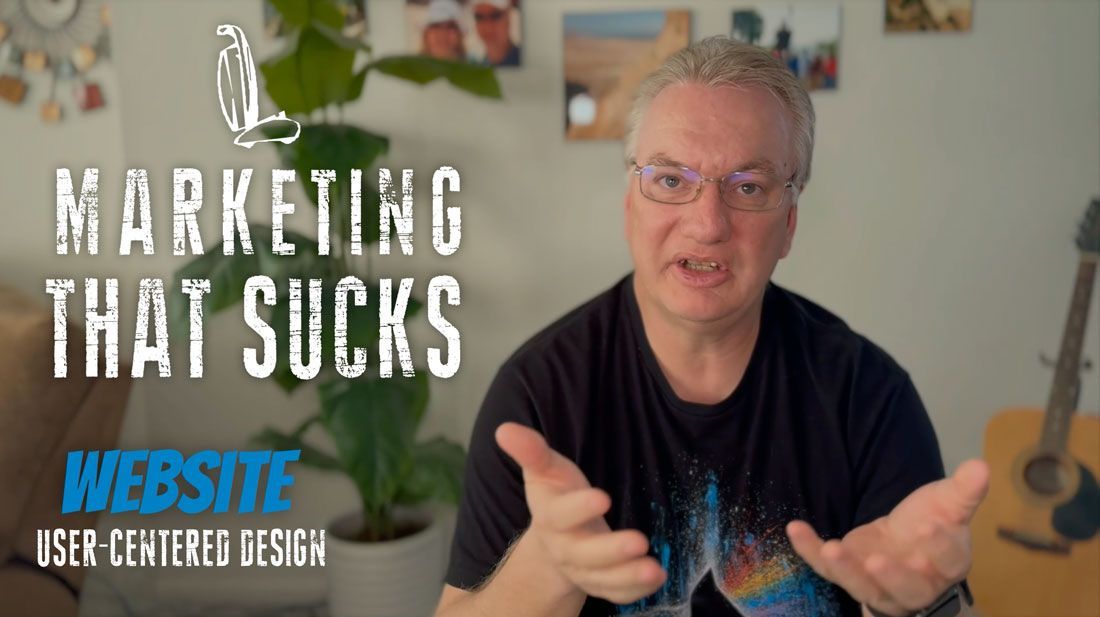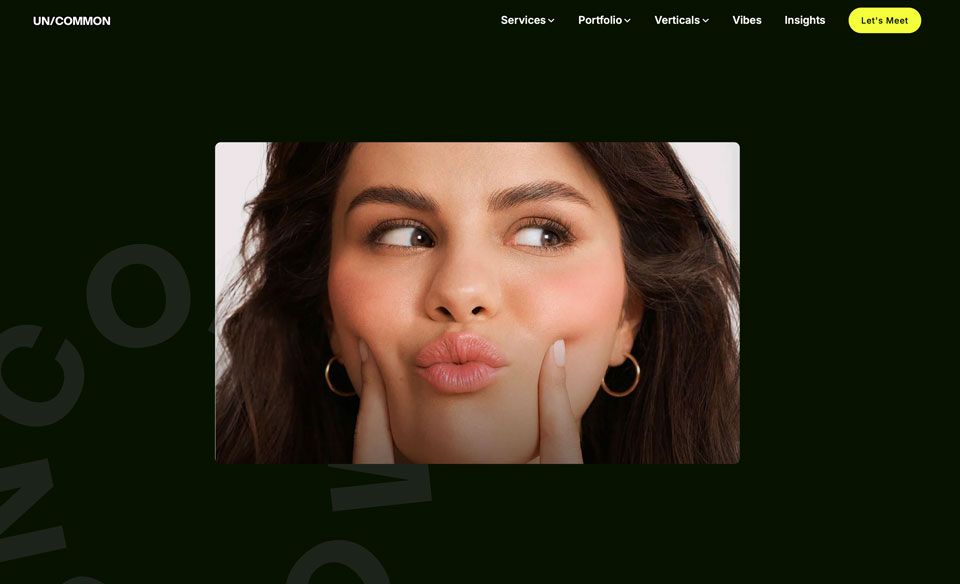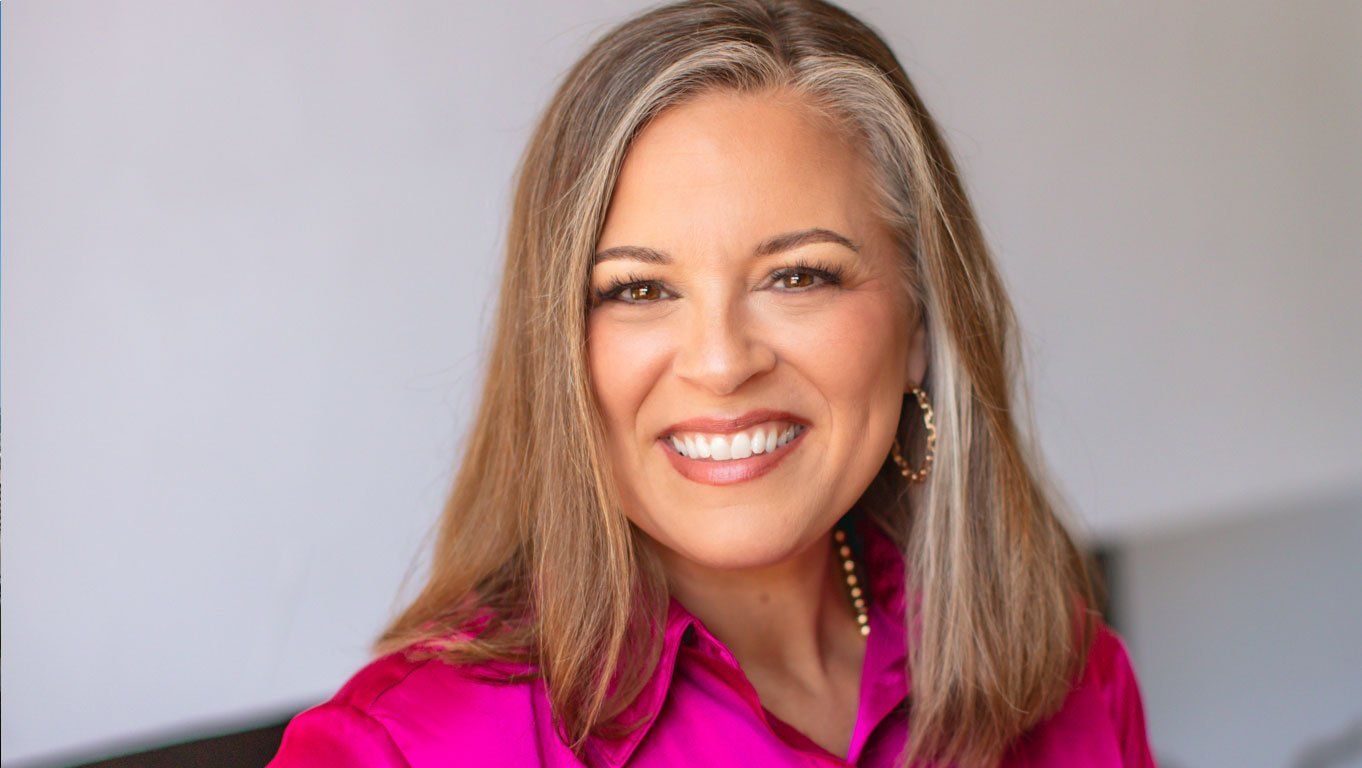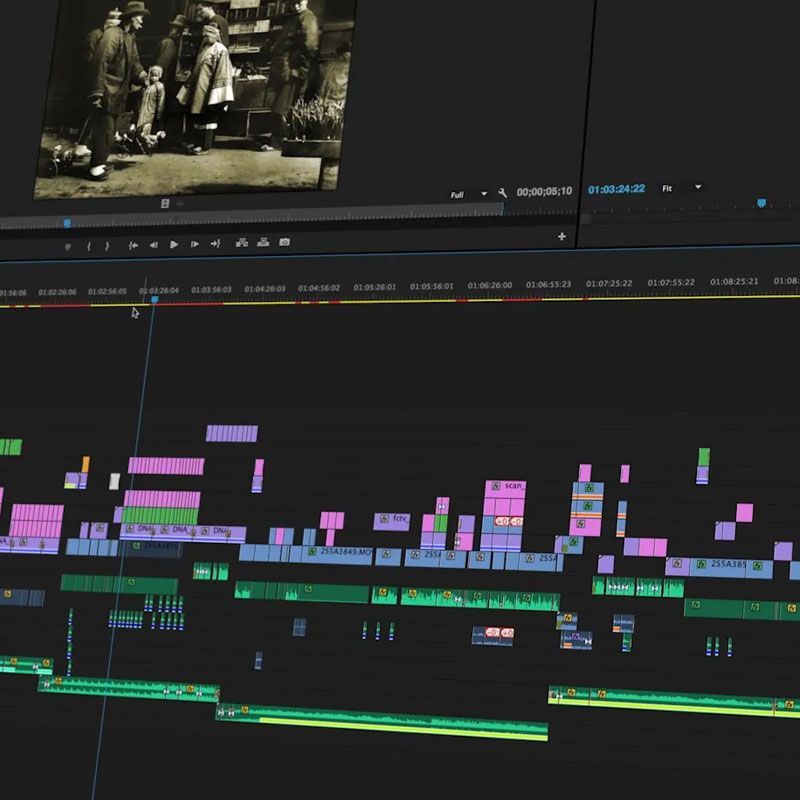Lessons in Peacemaking – Israel/Palestine Conflict 101
The Israeli/Palestinian Conflict 101
In late January I had the privilege of spending two weeks in Israel and the Palestinian territories, helping two nonprofits with their brand and marketing strategy, as well as web development. They're prime examples of nonprofits working towards peace, understanding, and healing in the Holy Land. It was an honor to work with them and an incredible learning experience for this privileged American.
This was my second trip to the region. On my first trip back in 2017, we were with a small group, shuttled around in tour buses with guides, stayed in nice hotels, and all our meals were taken care of. You could say we were in a nice comfortable “tour bubble”… not that there’s anything wrong with that! But the first trip did open my eyes to the struggles of the Palestinian people and their suffering became real to me. On this second trip, for the most part, I was on my own. I was able to experience, in a very small but profound way, what it’s like to live under occupation; experience the intimidation, hopelessness, and fear that is pervasive in the Palestinian Territories, as well as Israel.
To understand the Israeli/Palestinian conflict, it’s important to note a few common misconceptions. One is that Palestinians and Jews have been fighting for thousands of years. In reality, the current conflict only goes back about 100 years. Another misconception is the conflict is about religion when in reality, it’s more to do with two people groups taking claim to the same real estate. This came to a head in 1948, with the United Nations partition of Palestine into two states, One for Israel and one for Palestinians. This led to a mass migration of European Jews settling and pushing hundreds of thousands of Palestinian Muslims and Christians out of the region. There was a great deal of violence on both sides and many people were killed. The Palestinians call this time the great catastrophe. Since that time, Palestinian land is but a small remnant of what it was before 1947. This is the essence of the conflict… land, but also dignity.
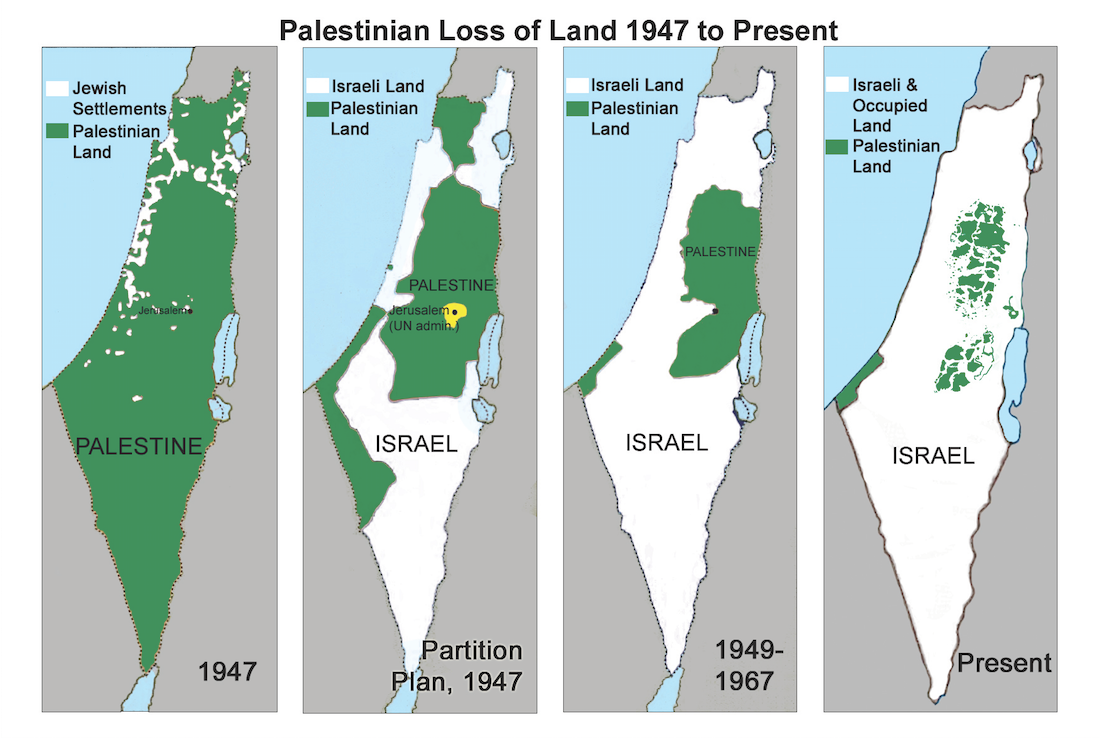
The 10-minute video below does a reasonably good job summarizing the last 100 years. As you watch, consider this one overriding theme; there are no bad guys and there are no good guys just people dealing with unspeakable trauma, suffering and fear, the kind most of us in America can’t conceive or will ever know.
LAY OF THE LAND AND OBSERVATIONS
Below are a few statistics about the region, as well as my observations and experiences getting to know the people (Palestinians and Jews) and their perspectives.
- Israel is made up of 9.1 million people, 74% Jewish, 21% Arab. Of the Arab population, 98% are Muslim, 2% are Christian.
- The Palestinian Territories is made up of 2.9 million people, 72% Arab, 28% Jewish. Of the Arab population approx. 2% are Christian.
- Israeli Arabs are often considered second class citizens, discriminated against directly and indirectly.
- Arab Christians and Muslims get along reasonably well and have solidarity as Palestinians and as Arabs.
- The Palestinian Territories are broken up into two areas…
- The West Bank, run by an organization called the Palestinian Authority (PA). Many Palestinians feel the PA is corrupt, has failed the people, and no longer trust them.
- The Gaza Strip, run by a militant organization called Hamas. Many consider them a terrorist organization.
- Most of the West Bank is considered occupied territory where the Israeli military uses intimidation, oppressive tactics, and fear to control the area. I have seen and experienced this first hand.
- The West Bank is completely surrounded by Israel. All trade and municipal services (water, electricity, etc.) for the most part, are controlled by them.
- Many Palestinians feel a deep sense of hopelessness. They have tried peace talks, demonstrations and violence and nothing has worked. Anger and resentment are often taken out on their own in domestic violence.
- There is a growing preference with Palestinians, for a one-state solution under Israel. The Palestinians I’ve talked to would be ok with this as long as they had more rights than they currently have and freedom of movement.
What I have learned over the last few years, especially with this most recent trip, is the situation on the ground is extremely complicated, with no clear solutions. Most disturbing is the misinformation communicated in the US about who the good guys and bad guys are. The narrative pretty much goes like this… “the Israelis are the good guys but are surrounded by enemies out to destroy them, the Palestinians are Islamic terrorists that want to see the destruction of Israel. Not only is this overtly simplistic and falsely dualistic, but it denies the historical and geopolitical complexity on the ground. We seem to want to oversimplify things so they fit in our preconceived ideological narratives, but the reality is there are a lot of bad players on both sides and good folks seeking peace on both sides as well. As usual, it’s the people, both Arab and Jew, trying to seek a better life for their families who get caught in the middle.
Whats under the hood
Although this conflict is extremely complex, and I don’t want to minimize that, I believe there are underlying motives responsible for this conflict and perpetuate it. See part two of Lessons in Peacemaking to learn more.









